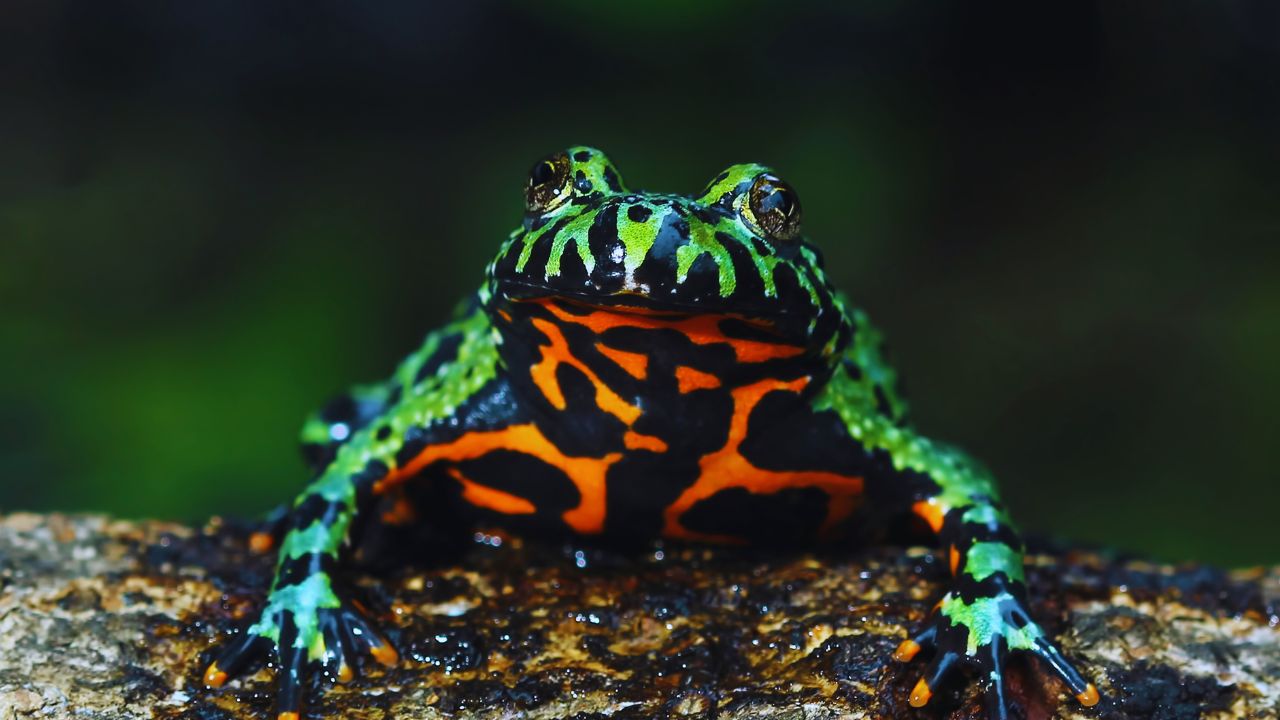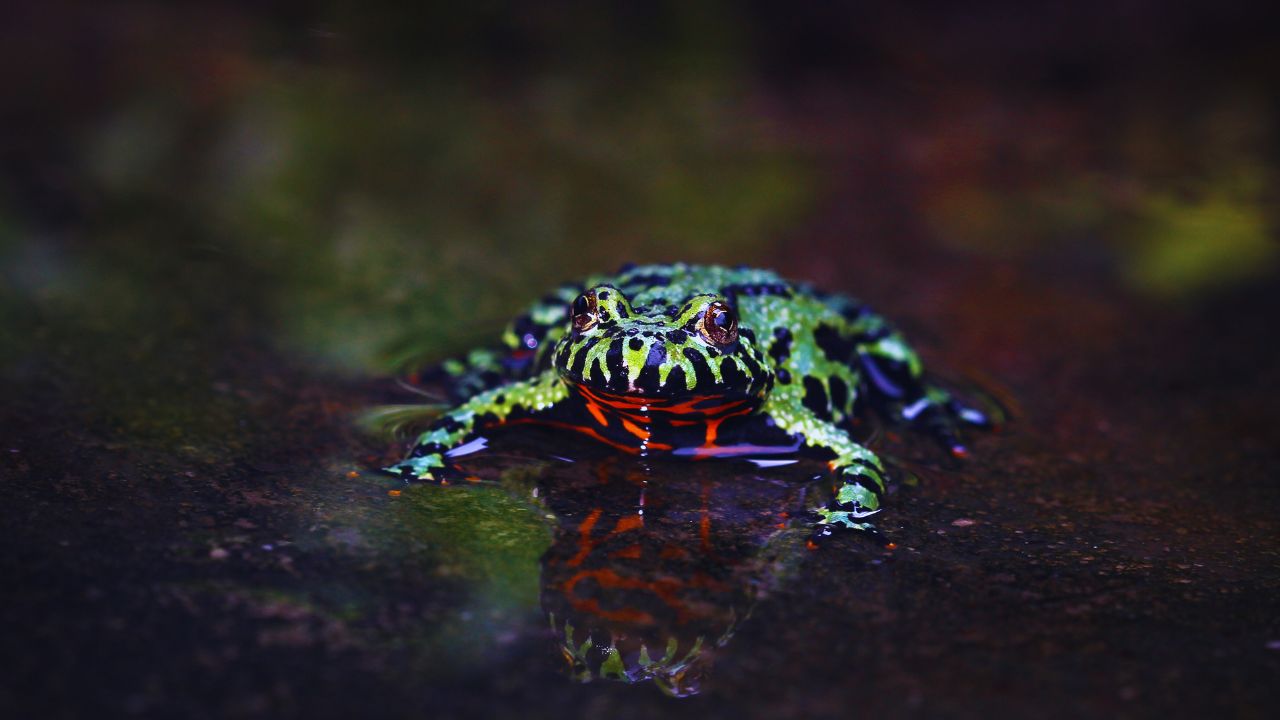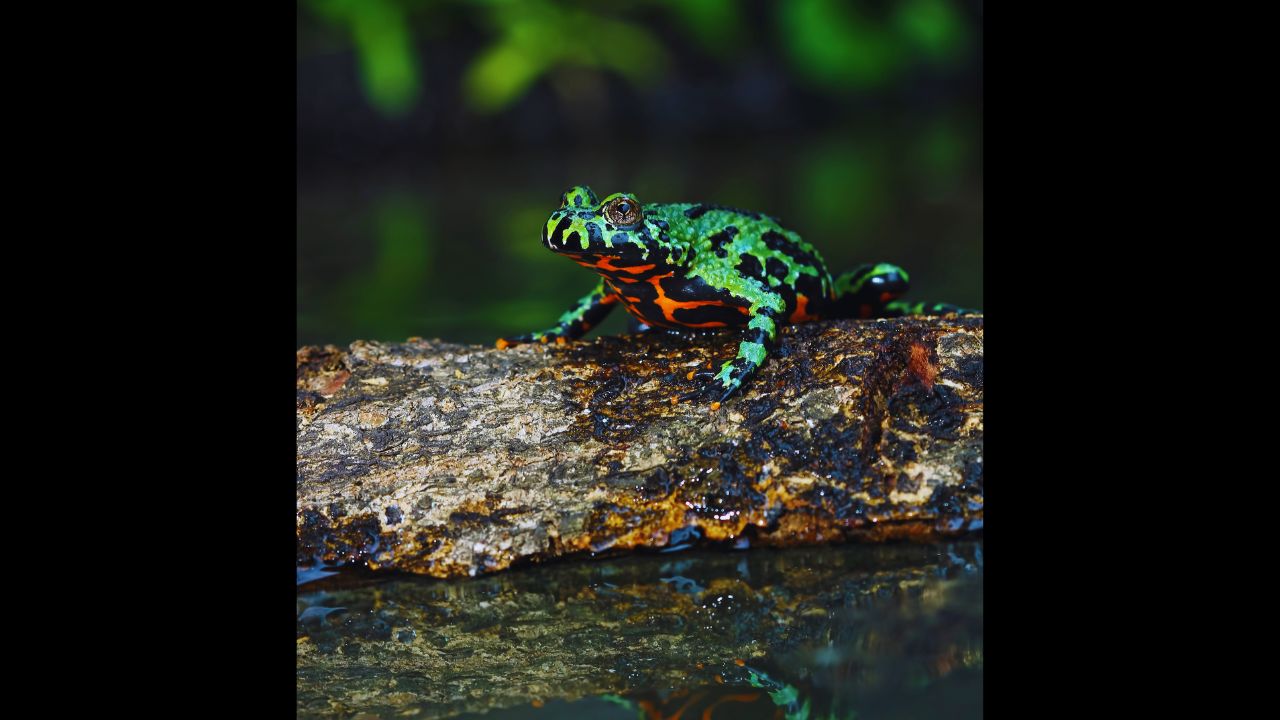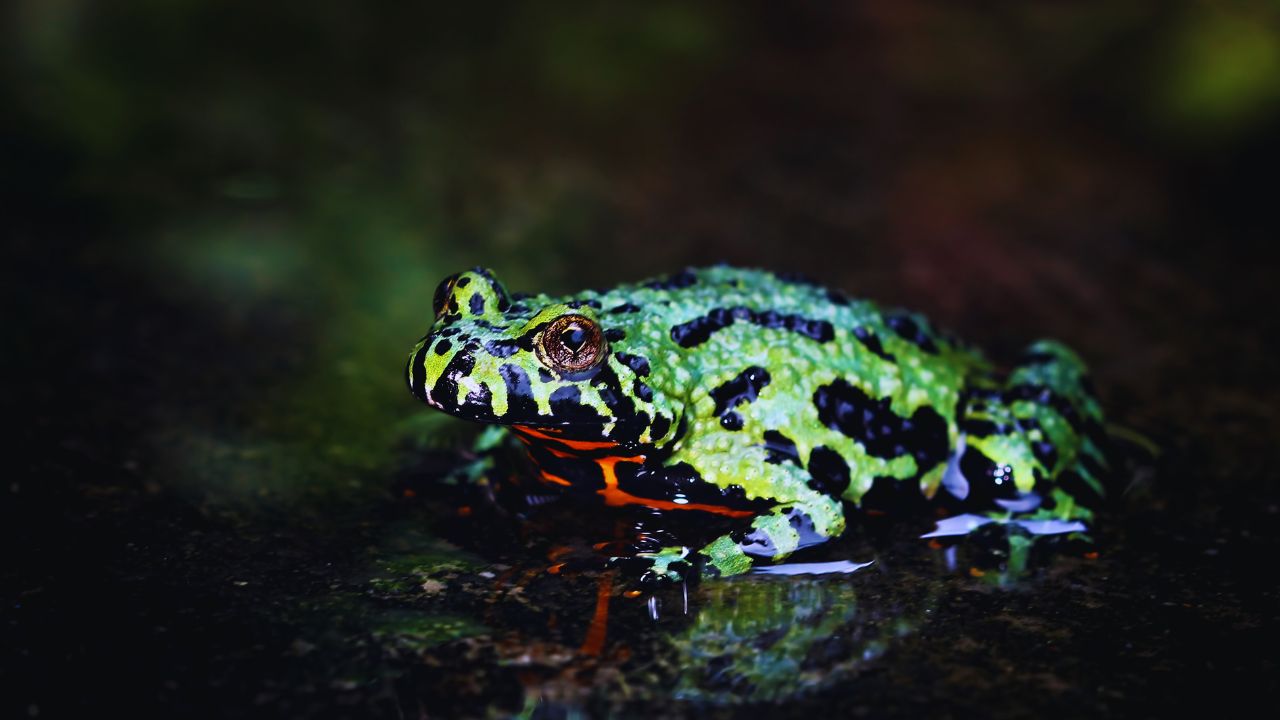Herpetologists and enthusiasts both find great interest in the fire-bellied toad, an intriguing amphibian distinguished by vivid colouration and unique patterns. Native to areas of Asia, this unusual toad is often prized for its stunning look, which has black or dark markings on a brilliant red or orange underbelly. Usually green or brown, its dorsal side offers great hiding cover in its native environment. One of the most often asked questions by fans and scientists is whether fire-bellied toads can survive alone in captivity or whether they need the companionship of their own kind. This study probes many facets of their behavioural ecology, social dynamics, and general well-being.

Basic Information and Characteristics
| Aspect | Details |
|---|---|
| Scientific Name | Bombina orientalis (Eastern Fire-Bellied Toad) |
| Common Name | Fire-Bellied Toad |
| Native Range | East Asia (China, Korea, Japan) |
| Size | 2.5 – 4 inches (6 – 10 cm) |
| Coloration | Bright red/orange underside with black spots; green/brown dorsal side |
| Lifespan | 10 to 15 years in captivity |
| Habitat | Moist, semi-aquatic environments (ponds, marshes) |
| Diet | Insects, small invertebrates |
Knowing Natural Behaviour of Fire-Bellied Toads
First of all, knowing the natural behaviour and habitat of fire-bellied toads helps one address the issue of solitary life. These amphibians are often found in damp habitats in the wild, including marshes, ponds, and swamps. Their semi-aquatic lifestyle—spending much time in water but also straying onto land—is well-known. Usually diurnal, that is active throughout the day, fire-bellied toads’ social relationships are shaped by their surroundings.
Fire-bellied toads show a spectrum of activities in their native environments that point to some degree of social engagement. Males will call to attract females during the breeding season; these cries are often audible to many members of a population. This suggests that, especially with regard to reproduction, fire-bellied toads do participate in social activities.
Solitary Life under Captive Conditions
Maintaining fire-bellied toads in captivity requires careful thought in many different aspects. Fire-bellied toads may definitely be maintained as solitary creatures in a regulated setting like a terrarium or vivarium. Still, the surroundings might affect their behaviour and general state of health.

1. Environmental Aspects
The quality of their environment is one of the main determinant of solitary fire-bellied toads’ health and pleasure. Crucially, a well-kept cage that replics their natural habitat is This covers a suitable substrate, correct humidity conditions, and enough water for soaking. Along with hiding places and locations for basking, the cage should include.
2. Social Engagement
Fire-bellied toads can live alone, but their social requirements shouldn’t be totally discounted. Lack of interactions with conspecifics in captivity might affect their behaviour and mental state. Observations have shown that solitary confinement fire-bellied toads could demonstrate less natural behaviour than those confined in groups. Keepers should make sure the toads have enough stimulation and environmental enrichment to make up for lack of social connection.
3. Welfare and Health:
Furthermore, affecting its health and wellbeing may mean keeping a fire-bellied toad alone. Social contacts may help to lower stress and encourage natural behaviour. If a toad is kept alone, it is important to keep a constant eye on its health, as sometimes behavioural problems or stress results from solitary confinement. Frequent veterinarian visits and a well-kept environment may assist in reducing any issues.

Behavioural and Social Traits
| Aspect | Details |
|---|---|
| Activity Level | Diurnal (active during the day) |
| Social Behaviour | Can be solitary or social; males may call during breeding season |
| Breeding Season | Spring to early summer |
| Breeding Behaviour | Males call to attract females; tadpoles develop in water |
| Territoriality | Males may show territorial behaviour during breeding |
| Interaction with Other Species | Generally peaceful with other species if habitat conditions are appropriate |
Benefits and Challenges of Solitary Living
Benefits:
- Fire-bellied toads may show territorial activity, especially in tiny confines. Keeping them apart reduces the possibility of hostility or resource-seeking competitiveness.
- Managing a single toad may be less complicated than tending to a group, particularly with regard to habitat maintenance and feeding.
Challenges:
- A lonely firebellied toad may need extra enrichment to avoid stress and boredom absent other toads.
- Though they may live alone, fire-bellied toads may have considerably reduced natural impulses and behaviours without the chance for social contact.

Recommendations for Care
Several suggested practices may assist individuals opting to keep fire-bellied toads alone to assure their well-being:
- To replicate their natural environment and provide mental stimulation, include a variety of features within the cage, including diverse textures, hiding places, and changing water levels.
- Look for regularly indicators of stress, sickness, or aberrant behaviour. Make sure the toad is keeping a good weight and eating appropriately.
- Give the toad periodic environmental or new item adjustments to keep it interesting and active.
- Maintaining ideal temperature, humidity, and cleanliness in the habitat will help to sustain the general condition of the toad.
Care Requirements
| Aspect | Details |
|---|---|
| Enclosure Size | Minimum 10 gallons for one toad; larger for groups |
| Substrate | Moist, non-toxic substrates (e.g., coco fibre, peat) |
| Water | Clean, dechlorinated water with areas for soaking |
| Temperature | 70 – 80°F (21 – 27°C) |
| Humidity | 60 – 80% relative humidity |
| Lighting | UVB lighting recommended for vitamin D synthesis |
| Feeding Frequency | 2–3 times per week |
| Maintenance | Regular cleaning of enclosure and water changes |

In essence, even though fire-bellied toads may live alone, their care calls for careful thought of their psychological and environmental requirements. Ensuring their well-being depends mostly on knowing their normal behaviours and providing a well-kept environment. Fire-bellied toads may live alone, but their health, enrichment, and ecological circumstances must all be taken into consideration if we want to encourage a strong and happy amphibian.





